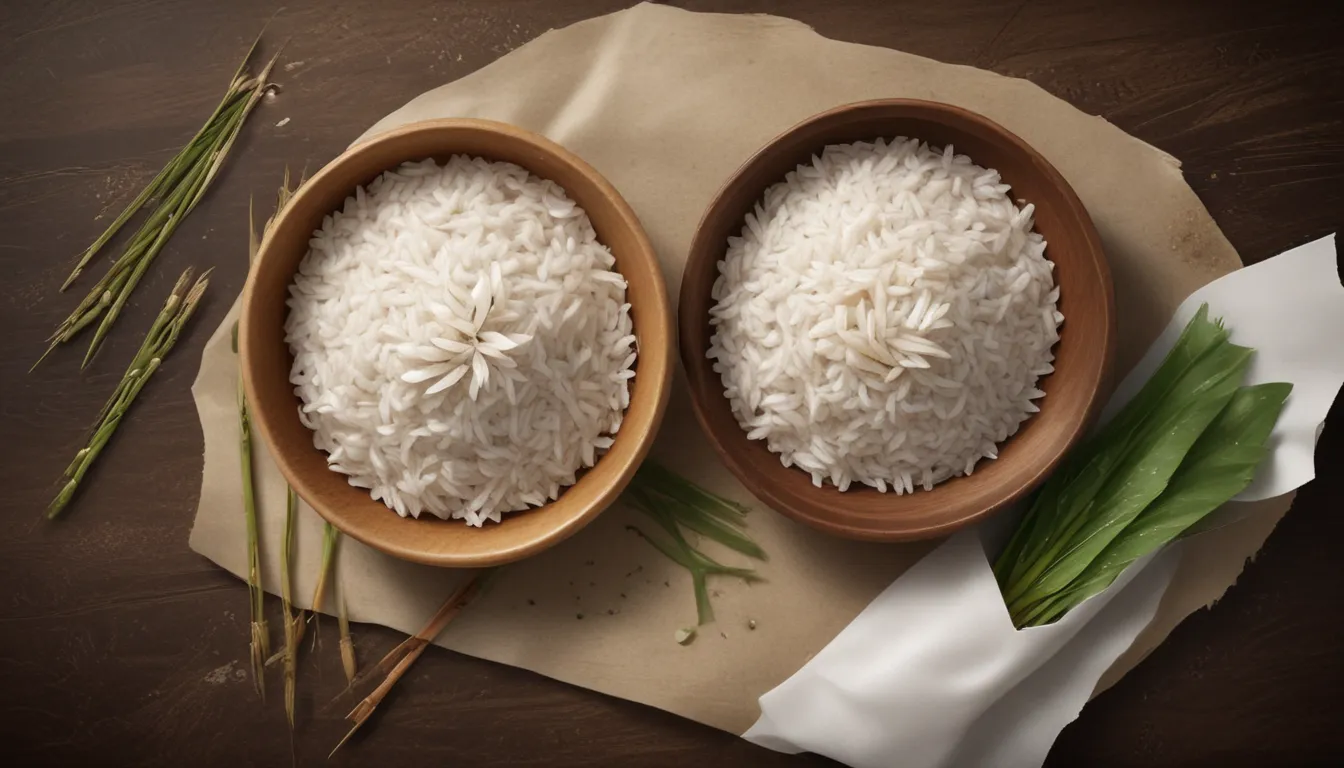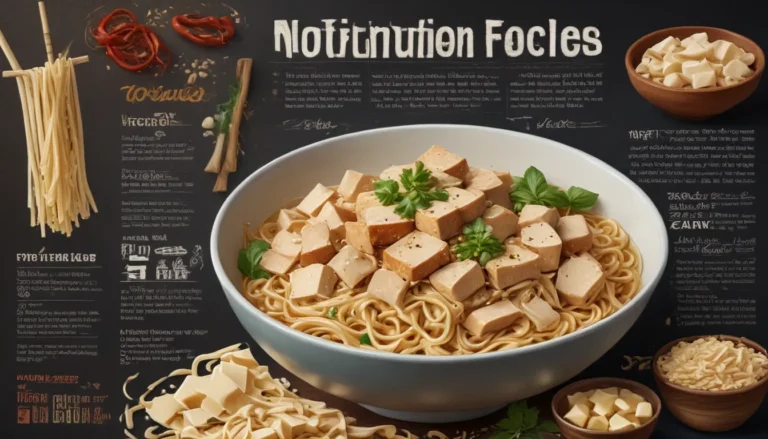The pictures in our articles might not always show exactly what the text is talking about. We use these images to make the article more interesting and eye-catching. They are there to add to the text, but not to replace it or show every detail.
Are you curious about the nutritional profile of rice paper, a staple ingredient in many Asian cuisines? Look no further! In this article, we will uncover 16 essential rice paper nutrition facts that will help you make informed decisions about this versatile food item.
Understanding Rice Paper Nutrition
Calories and Macronutrients
- A single rice paper wrapper contains approximately 30-35 calories, making it a lower-calorie option compared to other wrappers.
- It is primarily composed of carbohydrates, with around 7-8 grams per wrapper providing essential energy.
- Rice paper has a low protein content, with about 0.5 grams per wrapper. However, the protein content can increase based on the fillings.
Fat, Fiber, and Micronutrients
- Rice paper is virtually fat-free, with less than 0.1 gram of fat per wrapper.
- It is not a significant source of dietary fiber, containing less than 0.5 grams per wrapper.
- Rice paper contains a small amount of iron, providing around 2% of the recommended daily intake.
Dietary Preferences
- Rice paper is gluten-free, making it suitable for those with celiac disease or gluten sensitivity.
- It is vegan and vegetarian friendly, containing only rice flour, salt, and water.
- Rice paper is cholesterol-free, a heart-friendly choice for those monitoring their cholesterol levels.
Rice Paper in Cooking
Versatility and Comparisons
- Rice paper is incredibly versatile in the kitchen, used for fresh and fried spring rolls, as well as desserts.
- When compared to wheat-based wrappers, rice paper is lower in calories, making it a healthier option.
- It is easy to digest, suitable for individuals with sensitive stomachs or digestion issues.
Allergen Information
- Rice paper is a low-allergen food, making it a safe option for most people. However, those with rice allergies should avoid it.
Glycemic Index and Hydration
- Rice paper has a low glycemic index, making it a better choice for individuals with diabetes or those watching their blood sugar levels.
- Rice paper needs to be hydrated before use, typically by dipping in warm water until pliable.
Storage and Creative Uses
- Store rice paper in a cool, dry place and keep it in an airtight container after opening.
- Get creative with rice paper! Use it for mini pizzas, dessert wraps, or edible decorations for cakes.
Conclusion
In conclusion, rice paper is a versatile, low-calorie, and gluten-free food option. It is suitable for various dietary needs, low in fat, sodium, and sugar. By understanding these 16 rice paper nutrition facts, you can confidently incorporate rice paper into your meals and enjoy the delightful dishes it can create.
Explore the world of rice paper and elevate your culinary experience with this nutritious and delicious ingredient!
By providing valuable insights into the nutritional benefits of rice paper, we aim to empower you to make informed decisions about your diet. Our commitment to accuracy and authenticity ensures that the information you find here is trustworthy and engaging. Join us on a journey of discovery as we uncover the wonders of food and nutrition together.






